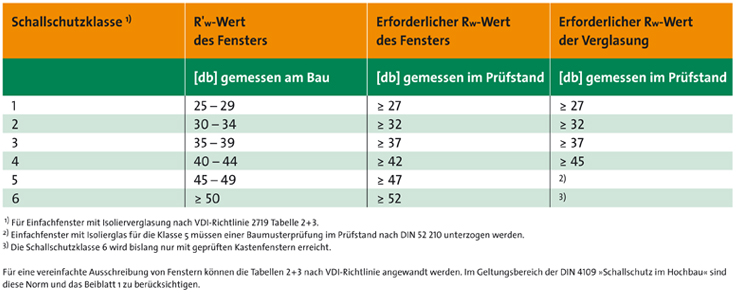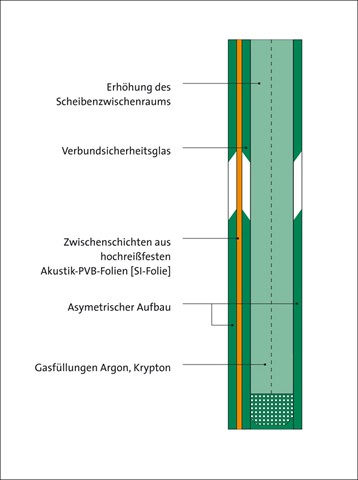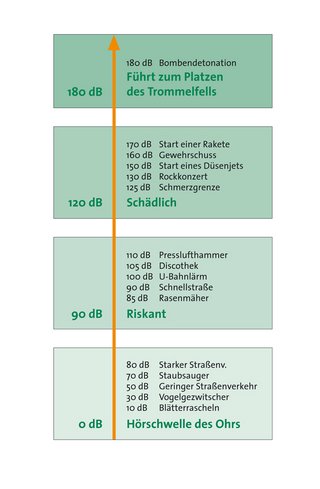Principles of soundproofing
The best possible soundproofing depends on a number of different components. The main noise source must be defined precisely in order to select the right soundproof glass. Noise is made up of numerous frequency ranges that can all be perceived differently. It is therefore particularly important to attenuate those frequency ranges that apply to the specific location and the noise occurring there. Other important factors for soundproofing in practice include the frame structure, the system of seals between glass and frame, the size of the pane and the surrounding walls of the building. Achieving the required soundproofing depends particularly on the system of seals between window and the casement, and also on meticulous, professional installation of the windows.


Function and structure of soundproof insulation glass
Efficient soundproof insulation glass is achieved with the following measures:
- Increasing the glass mass
The heavier the pane, usually the higher the soundproofing value. - Pane stiffness
The more resilient the pane, usually the higher the soundproofing value. - Asymmetrical structure
Insulation glass with an asymmetrical structure helps to reduce the influence of resonance frequency. Coincidence dips also occur at various different frequencies, so that clear improvements in soundproofing can be achieved with an asymmetrical structure. - Elements with laminated safety glass and a special acoustic PVB film [SI film]
Interim layers consisting of a special acoustic PVB film produce more flexible shells with less prominent coincidence dips. - Gas filling in the pane cavity
Depending on the specific structure, soundproofing can be improved by using inert gases.

Correction values C and CTR
The weighted sound reduction index Rw in dB does not take special account of the acoustic effect on specific noise impacts [differing frequency ranges] such as household, street or aircraft noise. The correction values C and Ctr correct the weighted sound reduction index to certain standard noise situations. The C-value supplies additional information in terms of the suitability of the glazing to certain low frequencies, such as road or rail traffic, or the sound of children playing, etc. The Ctr-value is used to assess disturbances with many very low frequency shares, such as street noise with lots of heavy traffic, slow rail traffic, distant aircraft or noise from discos and clubs.
They are written as follows:
Rw [C; Ctr] dB
Example:
A glazing product is attributed the following values:
Rw 42 [–2; –5] dB
Sound reduction for household noise:
Rw = 42–2 = 40 dB
Sound reduction for aircraft noise:
Rw = 42-5 = 37 dB
